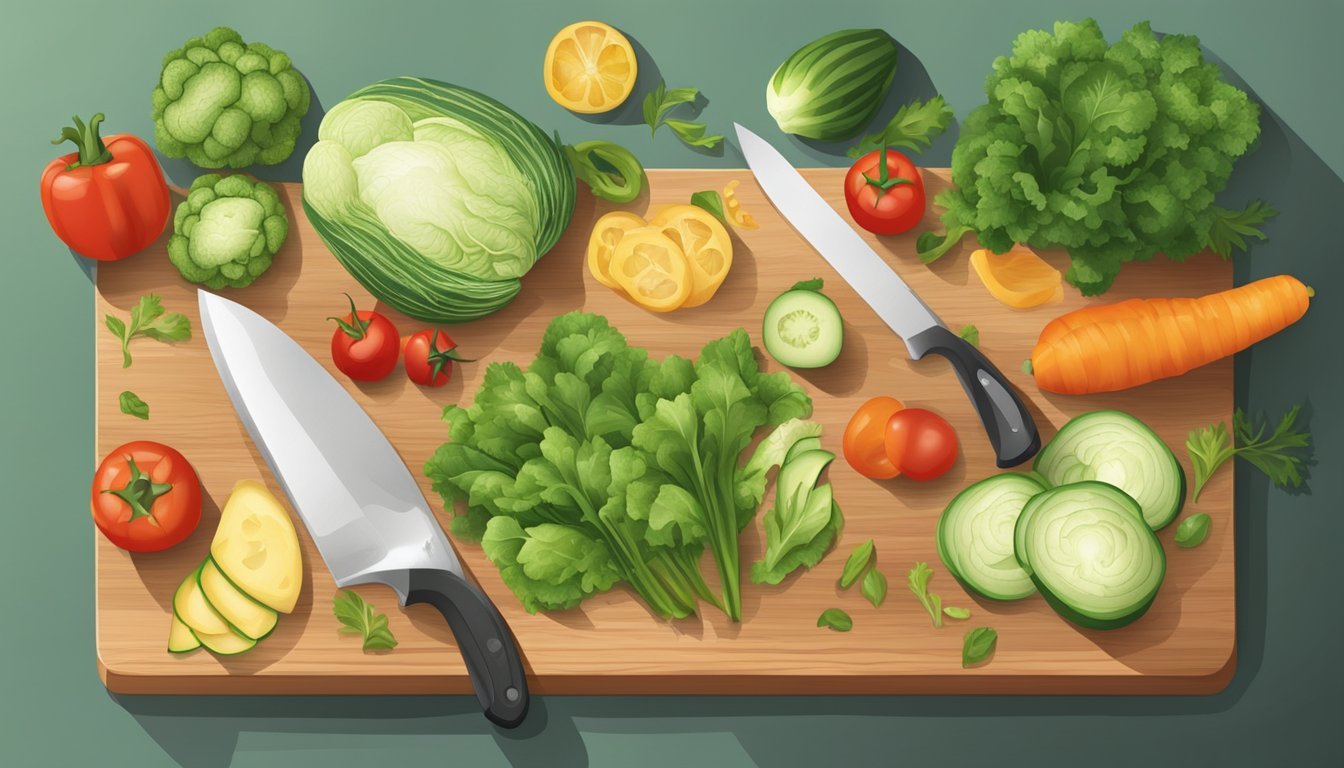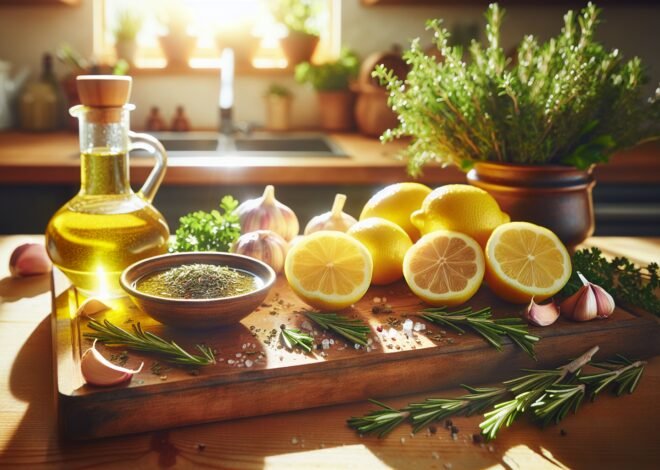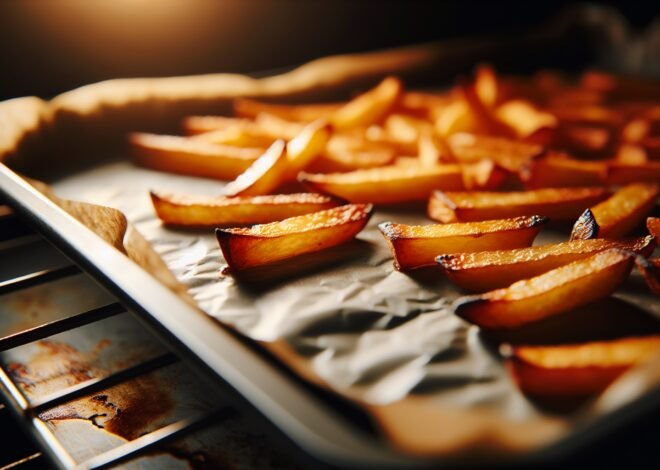
Knife Skills: Basic Techniques for Chopping, Dicing, and Slicing
If you’re new to cooking, one of the most important skills to learn is how to properly handle a knife. Whether you’re chopping vegetables for a salad or slicing meat for a stir-fry, having good knife skills will make the process quicker, safer, and more efficient. In this article, we’ll cover the basic techniques for chopping, dicing, and slicing, so you can feel confident in the kitchen and elevate your cooking game.
Before we dive into the techniques, it’s important to choose the right knife for the job. A chef’s knife is a versatile option that can handle a wide range of tasks, from chopping herbs to slicing meat. Look for a knife with a comfortable grip and a sharp blade, and make sure to keep it honed and sharpened regularly. Once you have a good knife, you’re ready to start mastering the basic techniques that will make your cooking life easier.
Essential Knife Types and Purposes
When it comes to essential knives for your kitchen, there are a few that every home cook should have. Each knife has its own unique purpose, and having the right one for the task at hand can make all the difference in the outcome of your dish.
Chef’s Knife: The All-Purpose Tool
The chef’s knife is the workhorse of the kitchen. With its broad blade and curved edge, it’s versatile enough to handle a variety of tasks, such as chopping, slicing, and dicing. The length of the blade can range from 6 to 12 inches, and it’s important to select a size that feels comfortable in your hand. A larger blade may be more efficient for chopping larger items, while a smaller blade may be easier to control for more intricate tasks.
Paring Knife: For Smaller Tasks
A paring knife is a smaller knife that is ideal for more delicate tasks, such as peeling and trimming fruits and vegetables. The blade is typically 3 to 4 inches long and has a pointed tip, which makes it easier to work around small spaces. It’s also great for removing seeds and veins from peppers or deveining shrimp. A good paring knife should feel comfortable in your hand and have a sharp blade.
Serrated Knife: Ideal for Bread and Tomatoes
A serrated knife has a jagged edge that makes it ideal for cutting through foods with a tough exterior and soft interior, such as bread and tomatoes. The serrations help to grip the surface of the food, allowing for a clean cut without crushing or tearing. Serrated knives come in a variety of sizes, but a blade that is around 8 inches long is usually sufficient for most tasks.
In summary, having the right knife for the job can make all the difference in the outcome of your dish. A chef’s knife is the all-purpose tool that can handle a variety of tasks, while a paring knife is great for more delicate work. A serrated knife is ideal for cutting through foods with a tough exterior and soft interior. With these three knives in your arsenal, you’ll be well-equipped to handle any task in the kitchen.
Mastering Knife Techniques
Proper Grip and Safety
To master knife techniques, you must first learn how to hold a knife properly. The grip should be comfortable and secure, with your fingers wrapped around the handle and your thumb resting on the spine of the blade. Keep your wrist straight and your elbow close to your body to maintain control and reduce the risk of injury.
Safety is also crucial when handling knives. Always use a sharp knife to reduce the risk of slipping and cutting yourself. Keep your fingers and thumb tucked in and use a claw grip to hold the food in place while cutting. And never leave a knife unattended or within reach of children.
Chopping: The Basic Motion
Chopping is the most basic knife technique, and it involves cutting food into small, irregular pieces. To chop, hold the knife with your dominant hand and use a rocking motion to cut through the food. Keep the tip of the knife on the cutting board and lift the handle to create a smooth, even cut.
Dicing: Creating Uniform Cubes
Dicing is a technique used to create small, uniform cubes of food. To dice, first cut the food into slices, then stack the slices and cut them into strips. Finally, turn the strips and cut them into cubes. Use a sharp knife and a steady hand to ensure that each cube is the same size.
Slicing: Smooth and Even Cuts
Slicing is a technique used to cut food into thin, even pieces. To slice, hold the knife at a slight angle and use a sawing motion to cut through the food. Keep the tip of the knife on the cutting board and use your other hand to hold the food in place. Use a sharp knife to create smooth, even cuts.
By mastering these basic knife techniques, you can become more efficient and confident in the kitchen. Remember to always prioritize safety and use the proper grip when handling knives. With practice and patience, you can become a skilled chef and impress your friends and family with your culinary creations.
Frequently Asked Questions
What are the essential knives needed for basic chopping, dicing, and slicing?
To perform basic chopping, dicing, and slicing, you will need a chef’s knife, a paring knife, and a serrated knife. A chef’s knife is a versatile knife that can handle a variety of tasks, such as chopping vegetables and slicing meat. A paring knife is ideal for peeling and trimming small fruits and vegetables. A serrated knife is best for slicing through bread and other soft items with a tough exterior.
How do you maintain proper knife safety when performing basic cuts?
Proper knife safety is crucial when performing basic cuts. Always make sure your cutting surface is stable and your knife is sharp. Hold the knife with a firm grip and keep your fingers away from the blade. Use a claw grip to hold the food and keep your fingers tucked in to avoid accidental cuts. Always cut away from your body and keep the blade pointed down when walking with a knife.
Can you describe the differences between chopping, dicing, and slicing?
Chopping involves cutting food into large pieces, while dicing involves cutting food into small, uniform pieces. Slicing involves cutting food into thin, even pieces. Chopping is ideal for foods like onions and carrots, while dicing is best for foods like garlic and tomatoes. Slicing is ideal for foods like meat and cheese.
What are some effective ways to sharpen knives for optimal cutting performance?
To sharpen your knives, you can use a sharpening stone or a honing rod. A sharpening stone is used to remove nicks and imperfections from the blade, while a honing rod is used to straighten and maintain the blade’s edge. Always make sure your knife is clean and dry before sharpening. Hold the knife at a 20-degree angle and use a smooth, even motion to sharpen the blade.
How should a beginner practice to improve their knife skills?
To improve your knife skills, start by practicing basic cuts like chopping, dicing, and slicing. Choose a variety of foods to practice on, such as onions, carrots, and tomatoes. Focus on maintaining proper knife safety and using a consistent technique. As you become more comfortable with basic cuts, you can move on to more advanced techniques like julienning and chiffonading.
What is the proper way to hold a knife for precision and control during cutting?
To hold a knife for precision and control, grip the handle firmly with your dominant hand and rest your index finger on top of the blade for support. Use a claw grip with your other hand to hold the food and keep your fingers tucked in to avoid accidental cuts. Keep the blade at a 20-degree angle and use a smooth, even motion to make your cuts.











